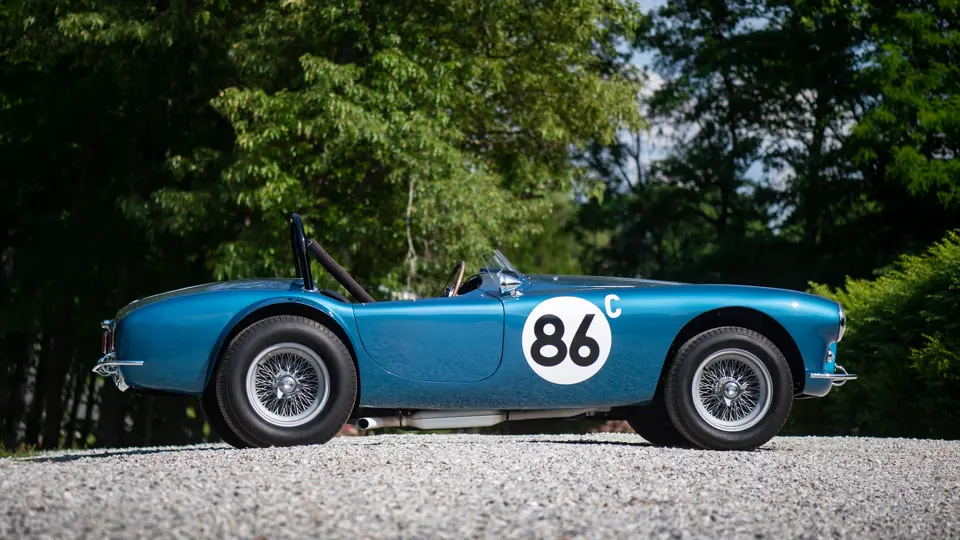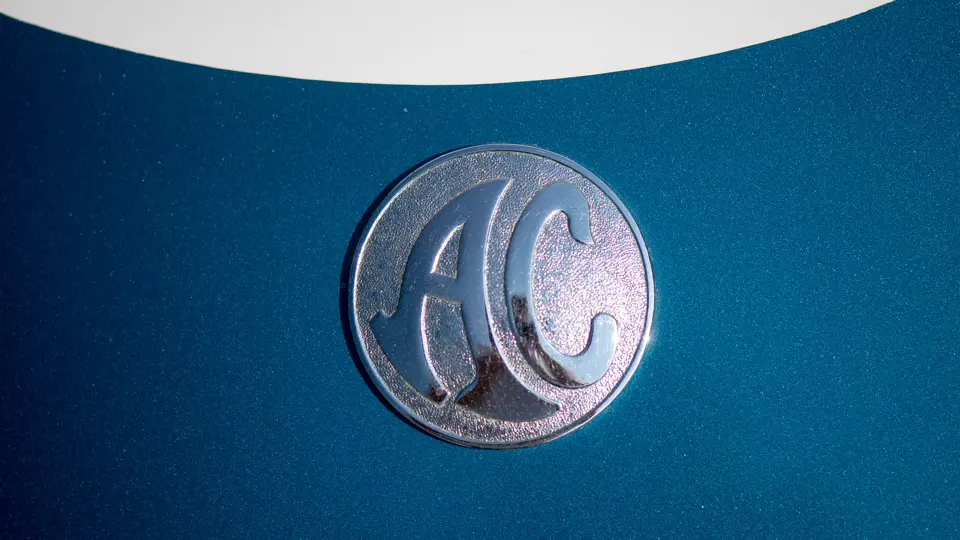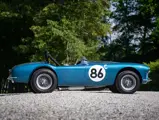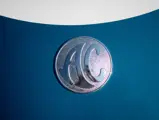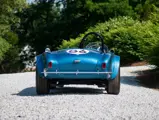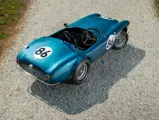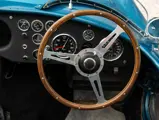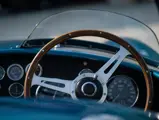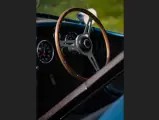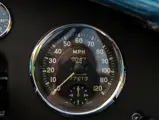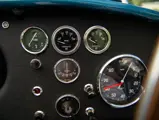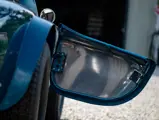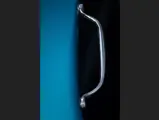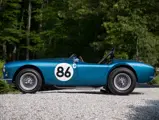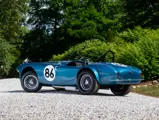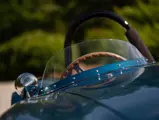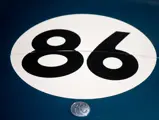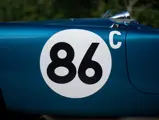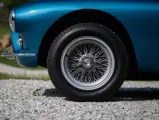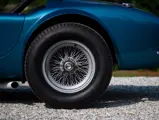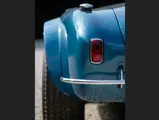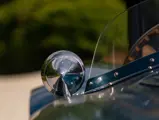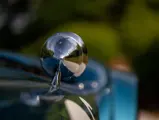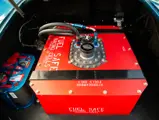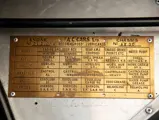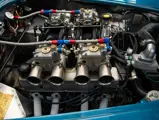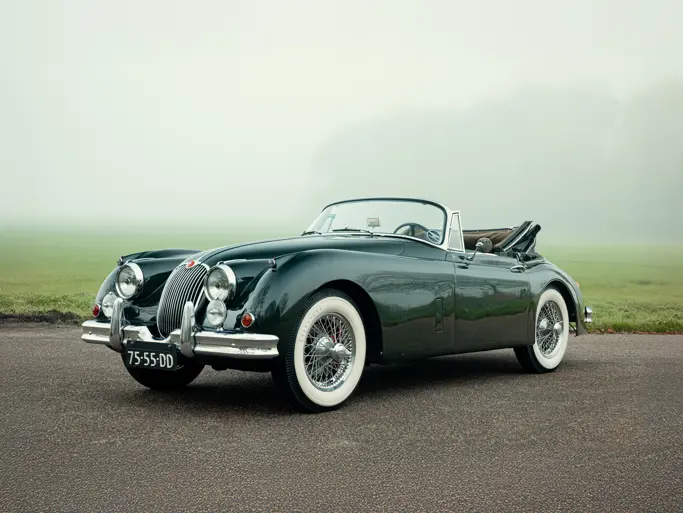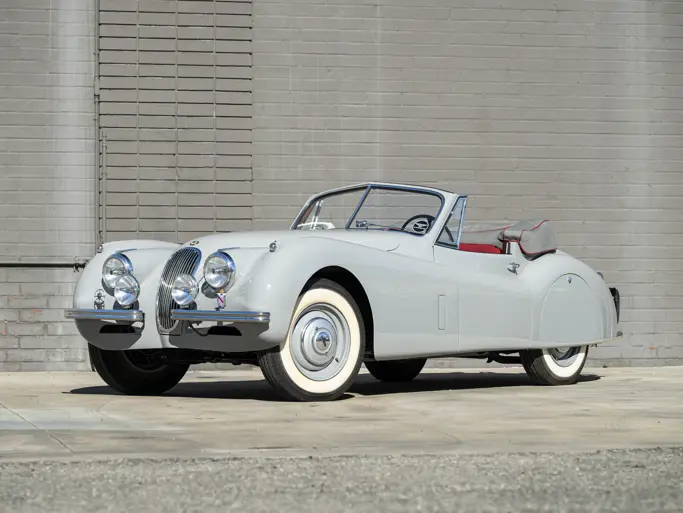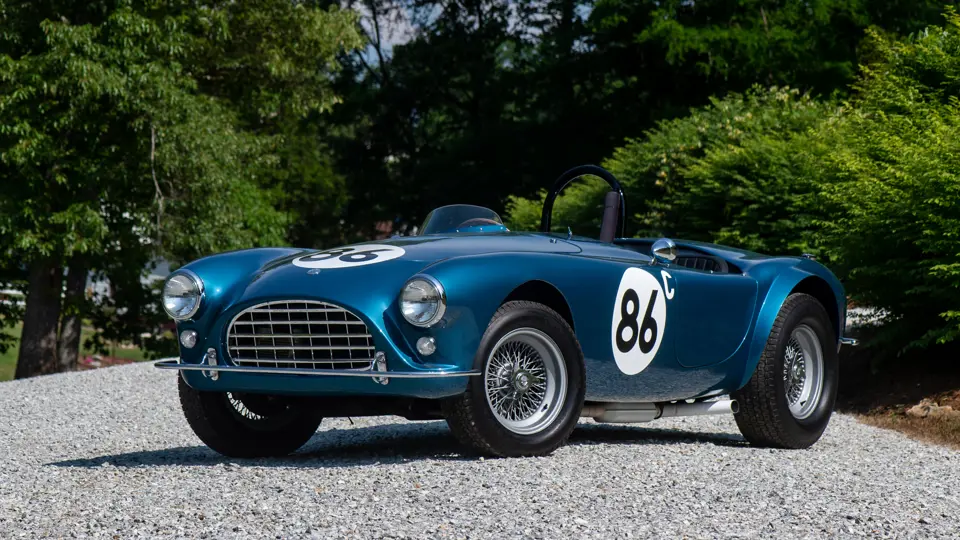
1955 AC Ace Special
{{lr.item.text}}
$224,000 USD | Sold
{{bidding.lot.reserveStatusFormatted}}
- A noteworthy and remarkably well-documented AC Ace offered out of long-term ownership
- The first Ace to compete at Sebring, finishing 18th in the 1956 12 Hour race
- Subsequently modified in-period with a 215-cu. in. Buick V-8, among many other carefully considered, competition-driven upgrades
- Fully restored in 2009 to its 1966 specification; an ideal candidate for vintage racing, exhibition, or both
- Accompanied by restoration documentation, copious historical correspondence and research, and numerous period photos
Even casual enthusiasts know the story of a Texan racer who shoehorned an American V-8 into a sprightly British roadster and made automotive history. While the saga of the car offered here does indeed revolve around an AC Ace, its stars are not Carroll Shelby and Ford horsepower—but rather, the inventive and enterprising engineer Dr. Frank Morgan and a Buick motor.
Dispatched from the AC works in September 1955 to American Joseph H. Dressel, this Ace was the first of its kind to race in the 12 Hours of Sebring. Although two additional ACs are noted on a preliminary entrant list for the 1956 race, it was only this car, wearing #37 and driven by Dressel and William Woodbury, that qualified and started—ultimately finishing 4th in class and 18th overall.
The car’s next chapter began when it was purchased by Frank and Mary Morgan for a total of $2,795 in August 1958. Shortly afterward, Frank corresponded with Dressel about a replacement for the Ace’s original six-cylinder, with Dressel suggesting an upgrade from the factory-specified unit. By late 1961, Morgan had cleared the roadster’s engine bay; an American V-8 was the logical choice both for its increased output and its domestic availability.
Correspondence on file with Buick’s Joe B. Guinn dated April 1962—approximately two months after Shelby completed his Cobra prototype, CSX2000, in California—indicates that a Buick motor Morgan had been seeking was instead installed in a dragster. Soon after, he successfully located a Buick aluminum-block 215-cubic-inch V-8, which was to be paired with a GM-sourced four-speed transmission. The engine was eventually modified with Iskenderian racing cams and crowned with quad Weber 45 DCOE carburetors.
Extensive invoices, correspondence with suppliers, and photographs on file detail Morgan’s carefully considered transformation of the Ace in the years that followed. Throughout this period, Morgan had been studying for, and was awarded, a dental surgery degree; he somehow also found the time to work on pit crews on the East Coast and Midwest, amassing a large archive of photographs and no doubt learning from what he saw. Perhaps inspired by European sports cars of the era, he sketched, and then fabricated, an ingenious dual-circuit braking system for his Ace. A similar setup was not employed on the Shelby Cobra until CSX2165.
All the while Morgan was making friends, including William Wonder—an established racer who owned Ford GT40 chassis GT/103, racing it from 1966 through 1970. Correspondence on file (and even a poster signed by Wonder with a heartfelt inscription to Frank and Mary) confirm that the Morgans were very much a part of the East Coast racing milieu; it remains a tantalizing possibility that Morgan was involved with some of the era’s high-level racing and sports car construction efforts—a possibility made all the more plausible by the photos of and by Morgan in Wonder’s shop amidst GT40s in varying states of disassembly.
By 1966, Frank—now Dr. Morgan—had completed his Ace, which now sported distinctive flared rear wheel arches to accommodate wider rear tires, and he was ready to take it for a spin at the fondly remembered Bridgehampton Race Circuit in New York. Photos taken that October show Dr. Morgan in the Ace, then wearing #56, competing against a field that, fittingly, included a Cobra!
Whatever his broader racing ambitions may have been, career obligations took the Morgans to California, and the Ace entered long-term storage around 1968. Though Frank’s time behind the wheel was brief, the couple would remain involved in motorsports for years to come. Dr. Morgan’s success as a medical inventor and entrepreneur (he was awarded 18 maxillofacial hardware patents and pioneered a process for chem-milling titanium) afforded them the ability to support the G&W Motorsports Grand-Am effort; in fact, the Morgans owned the 2000 and 2001 GT class-winning #81 Porsche.
Fortunately, the Morgans retained their AC Ace, and in 2006 decided to have the car fully restored to its circa-1966 specification. Classic Car Center of Fredericksburg, Virginia spearheaded the effort; D&D Fabrications of Almont, Michigan, an aluminum-block Buick V-8 specialist, sourced and built a new engine for the car (for display purposes, the original Buick engine accompanies AE90). The comprehensive, no-expense-spared project was completed in 2009, and it is carefully documented by invoices and photographs on file.
Scarcely exhibited since the completion of its restoration, save for an appearance at the 2017 Amelia Island Concours d’Elegance, this 1955 AC Ace Special remains a showpiece that is also suitable for vintage competition. Carefully constructed, meticulously documented, and wonderfully presented out of the long-term ownership of the Morgan family, it is a testament to the vision and skill of its creator, Dr. Frank Morgan—and tribute to a unique era when a doctor-to-be could befriend famous racers and built a potent competition machine of his own.


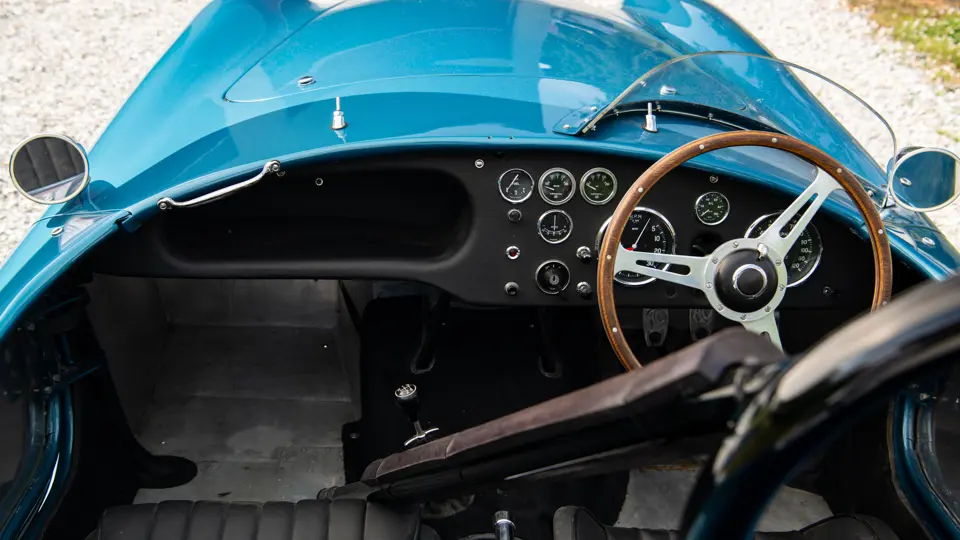

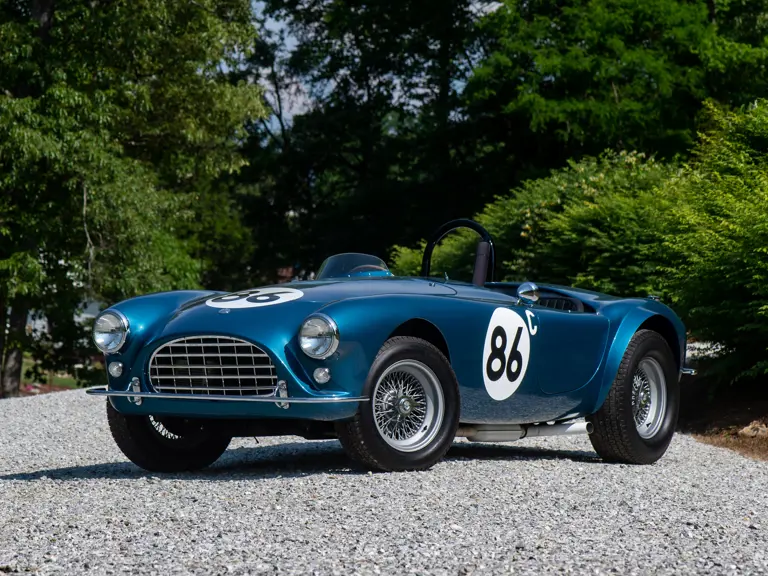
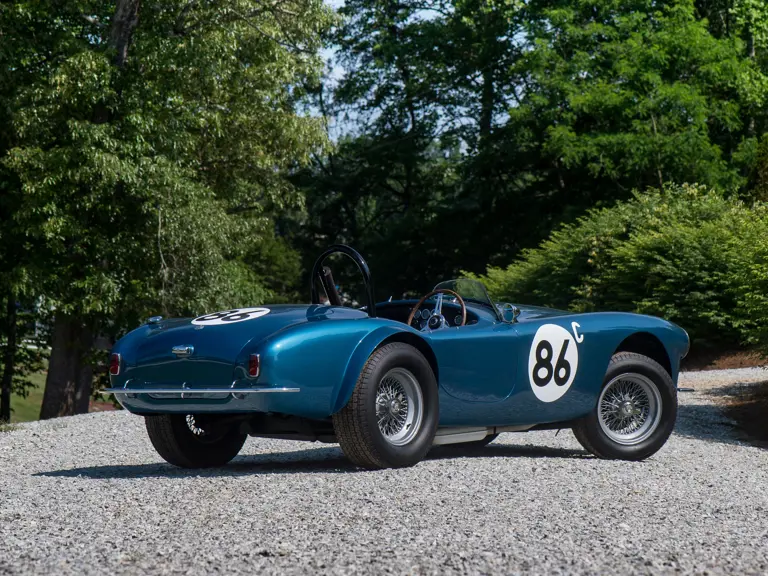
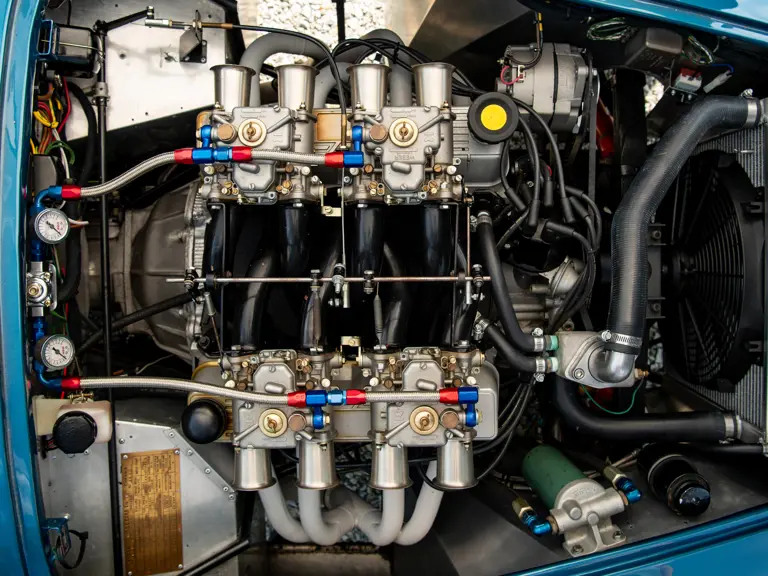
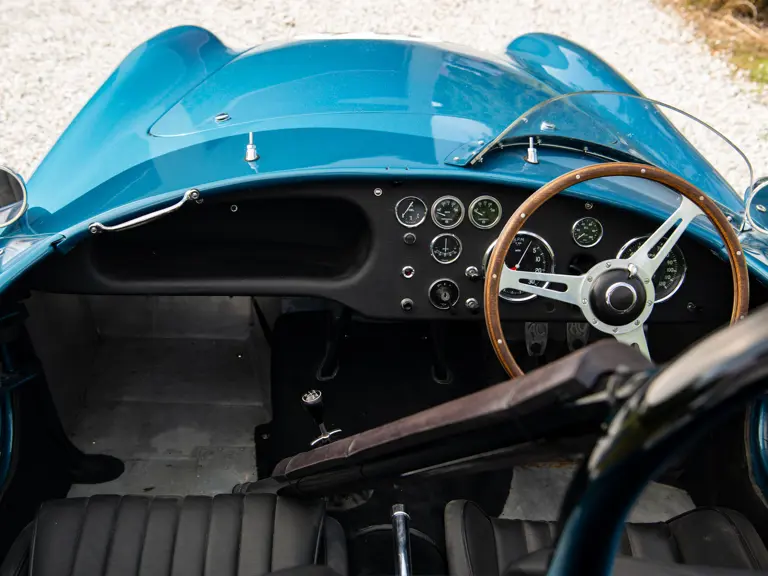
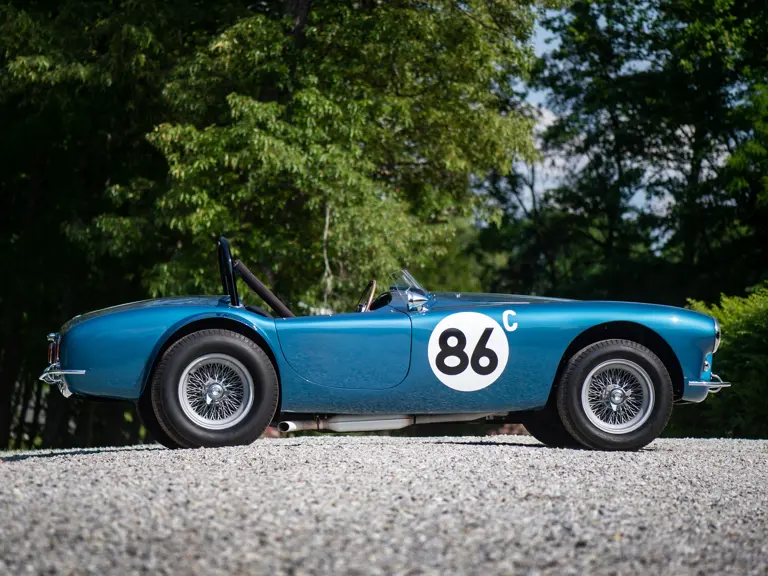
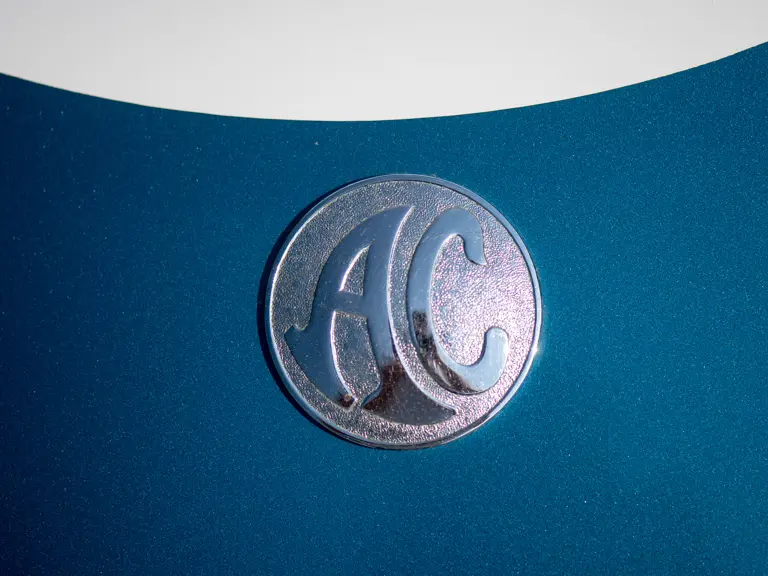
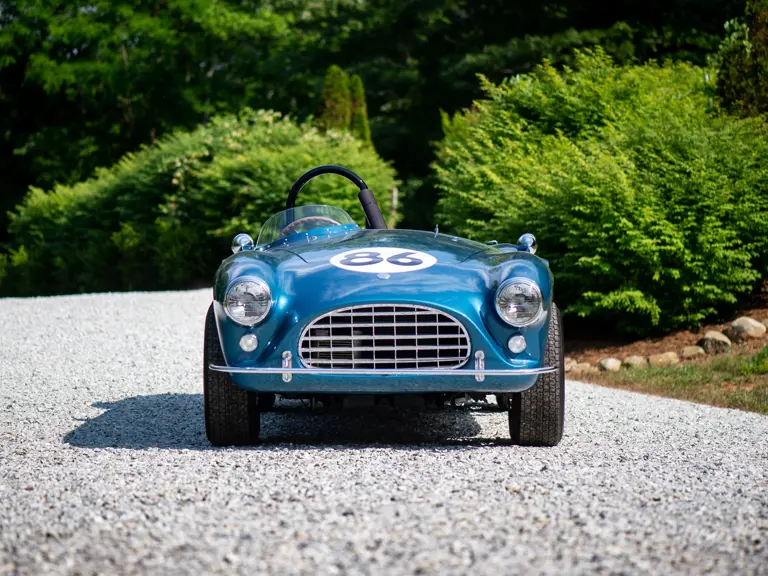
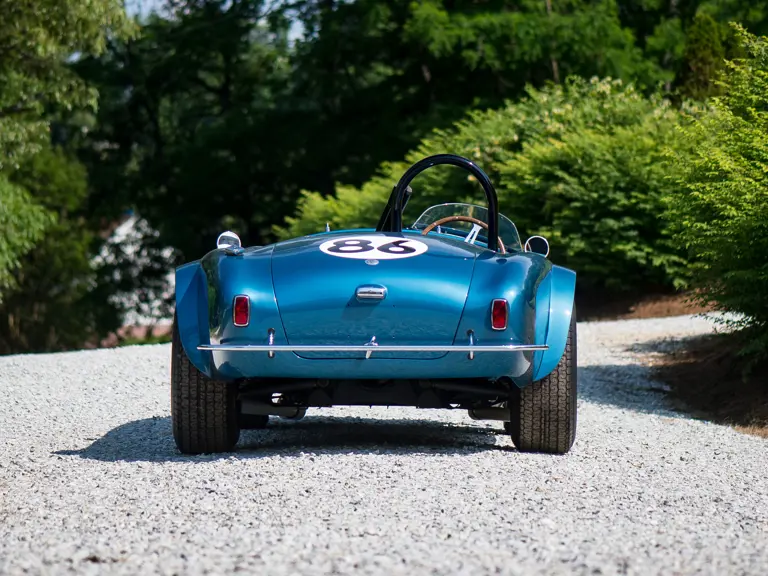



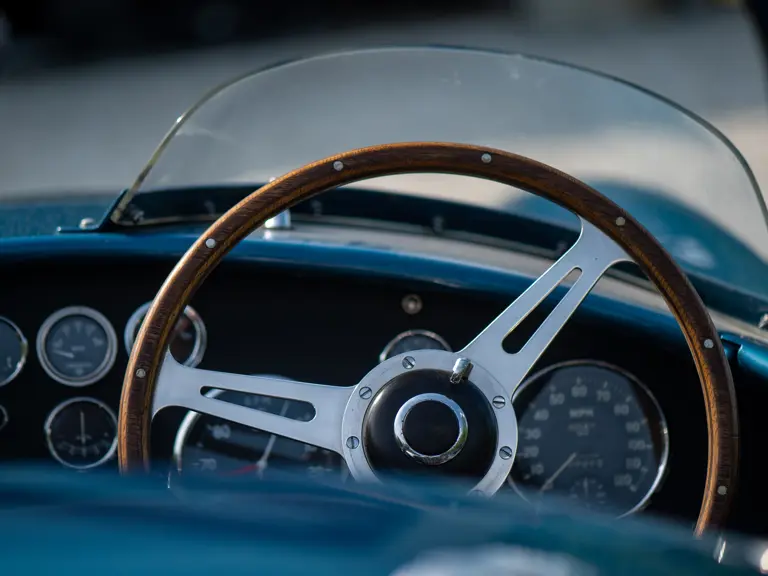
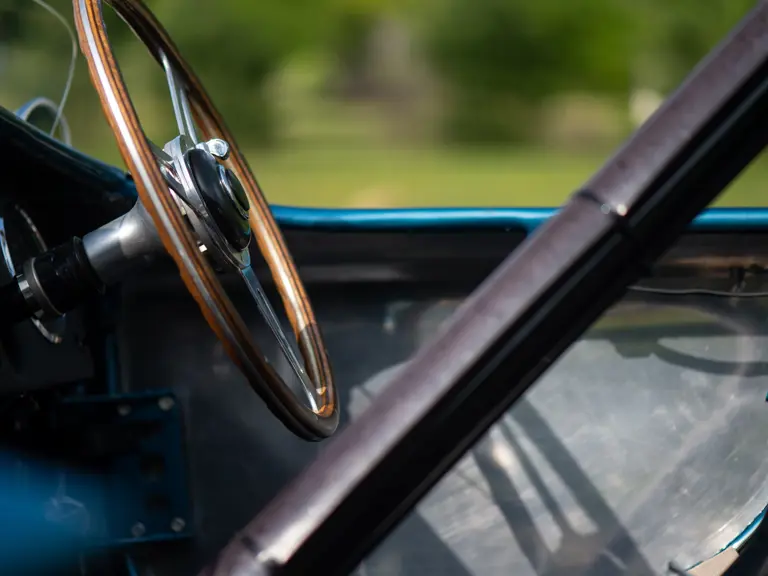

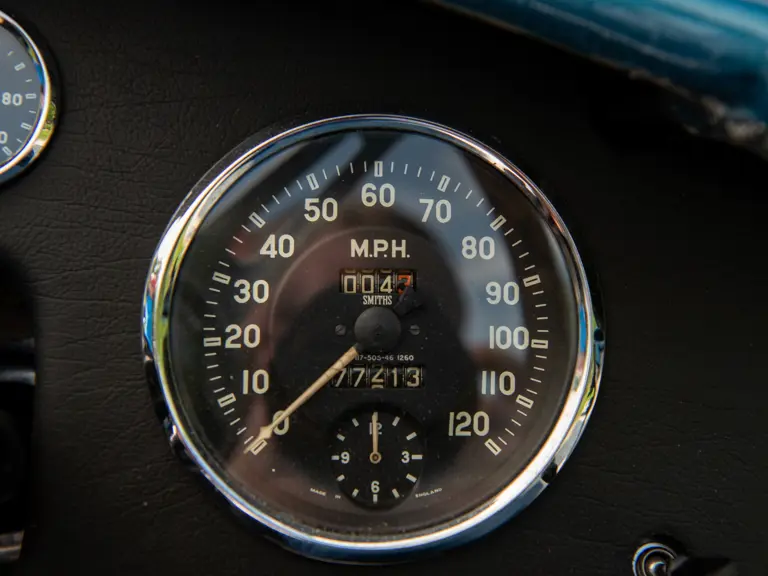
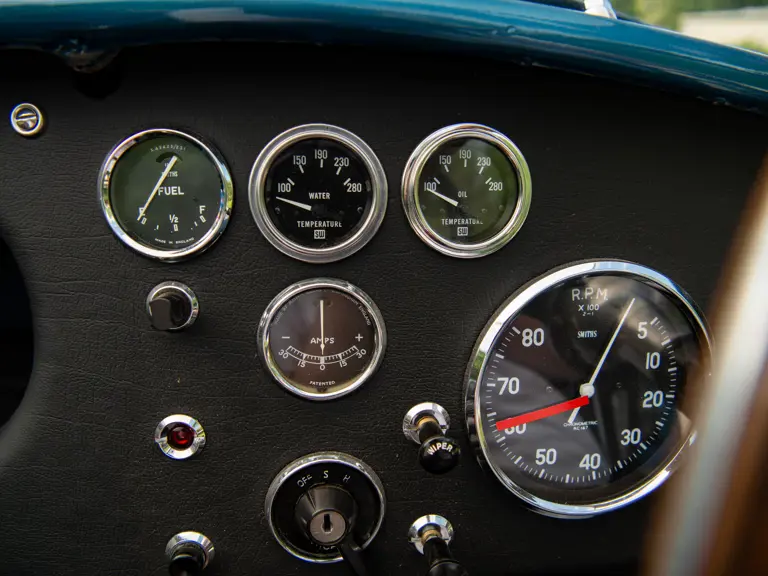
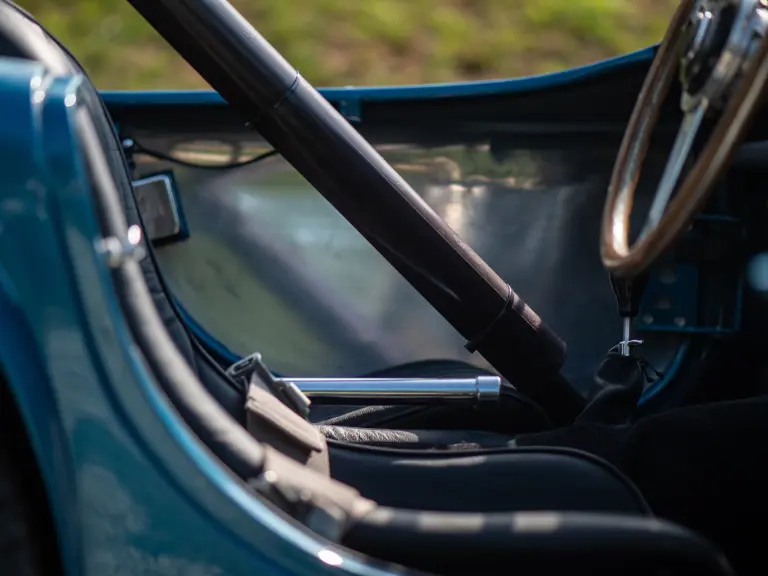
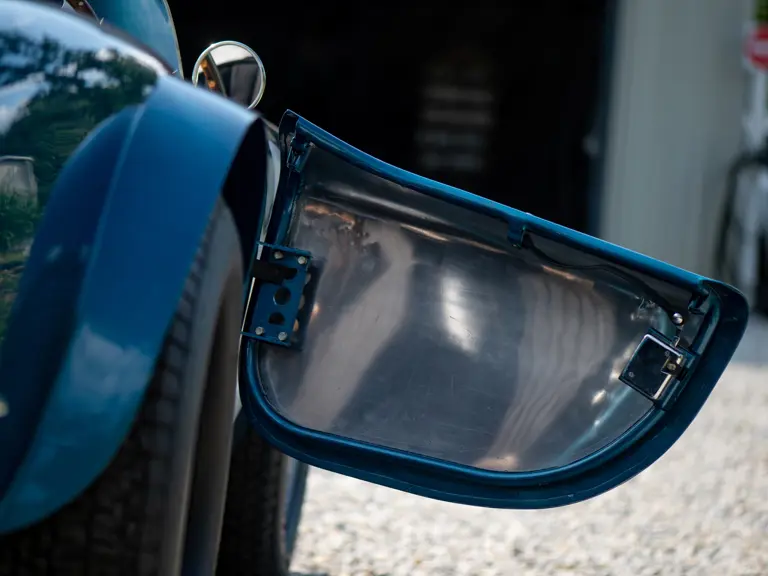
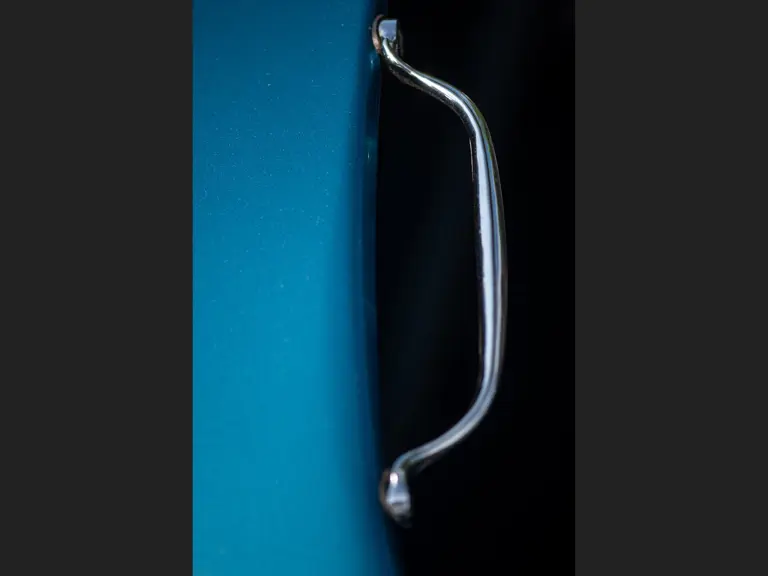
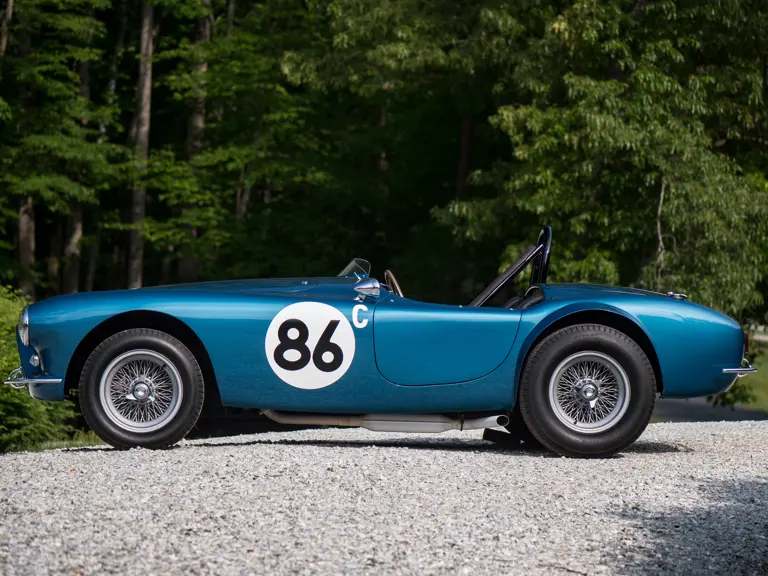
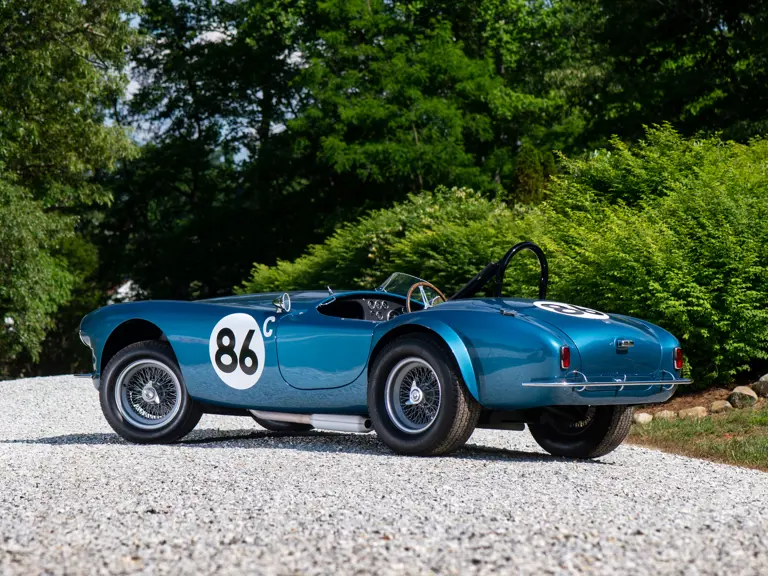
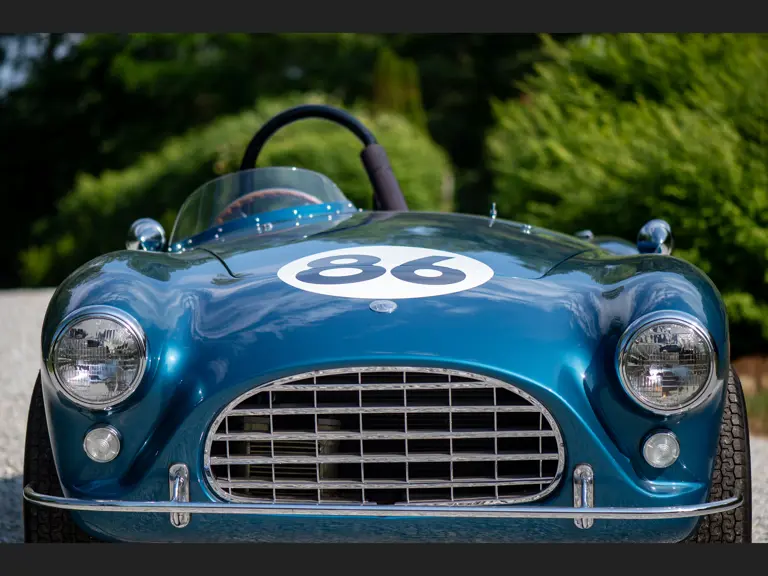
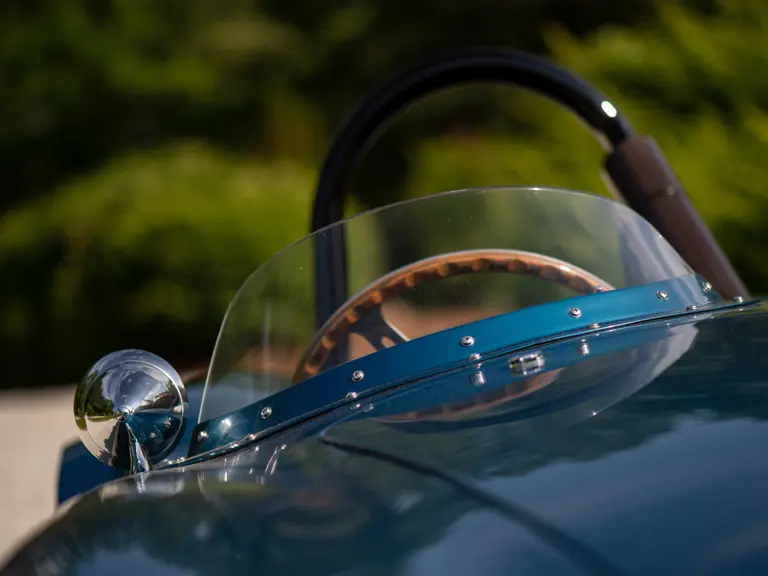
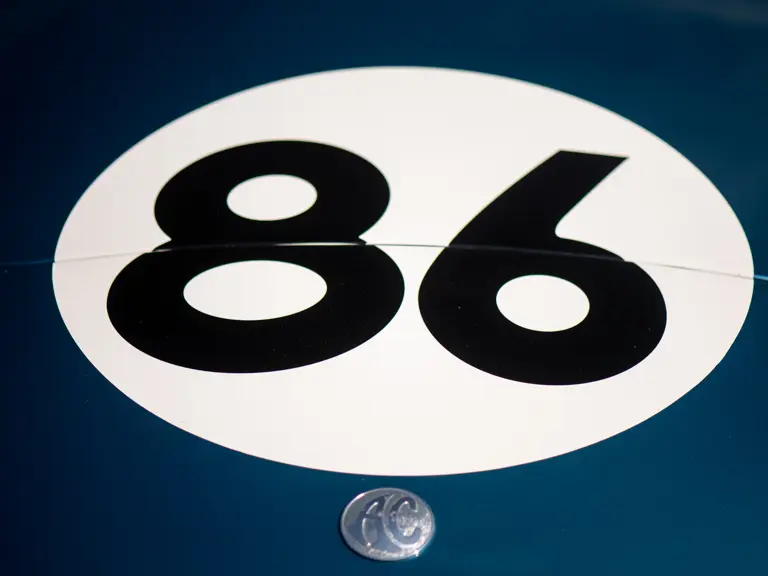
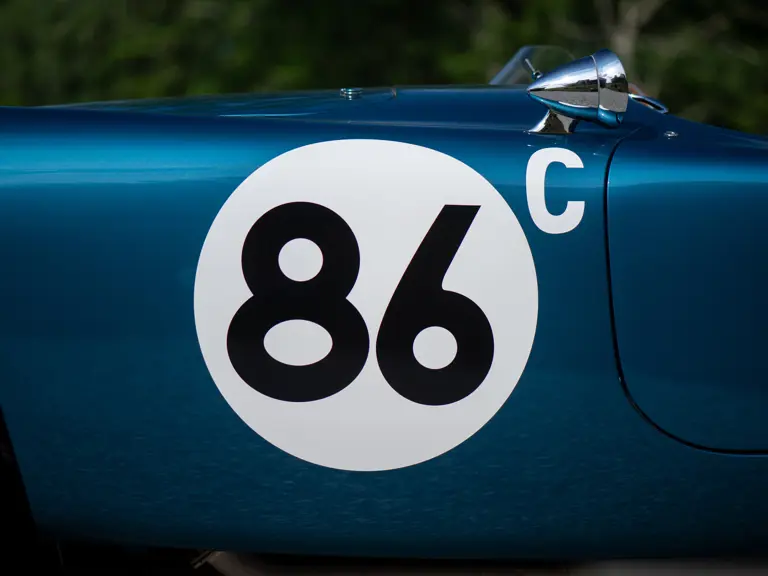


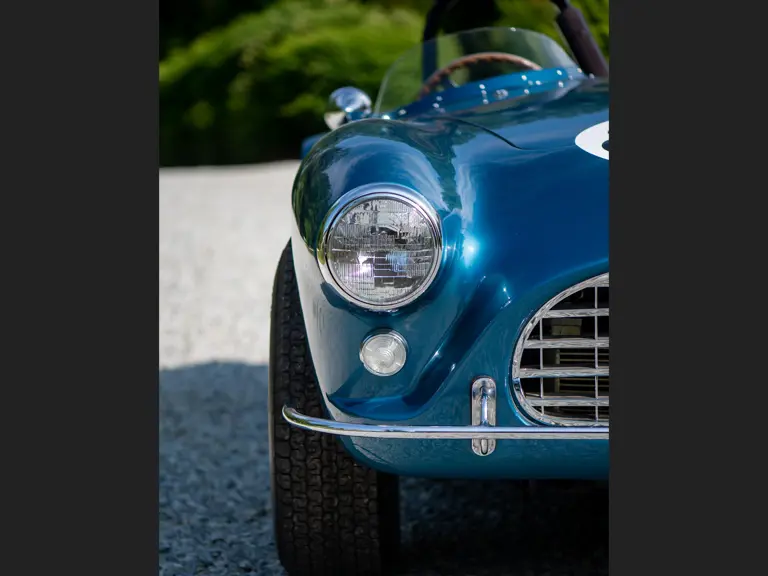
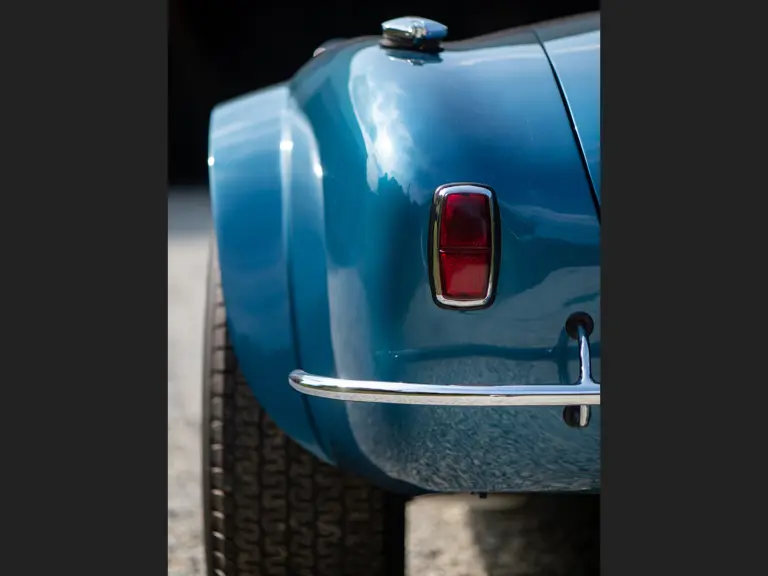
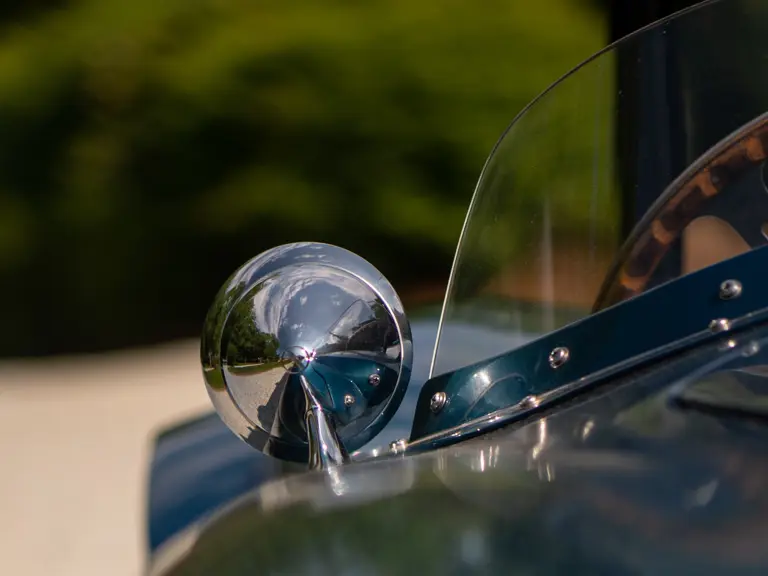


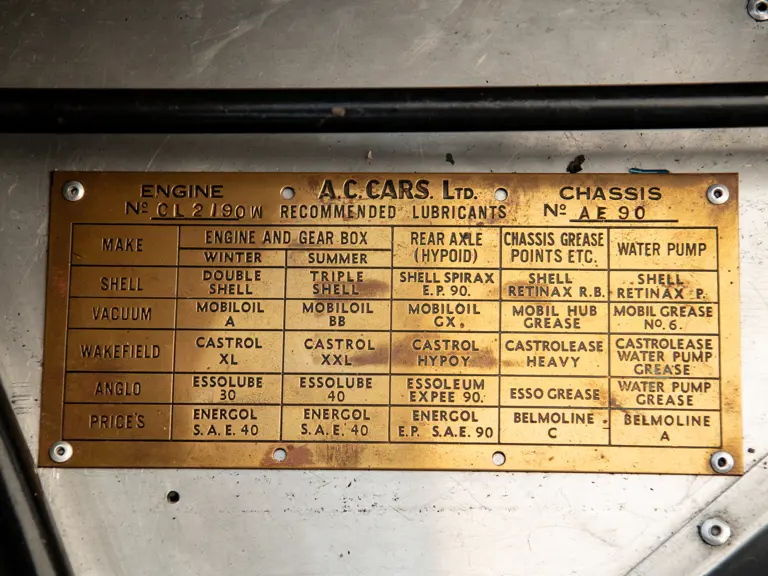

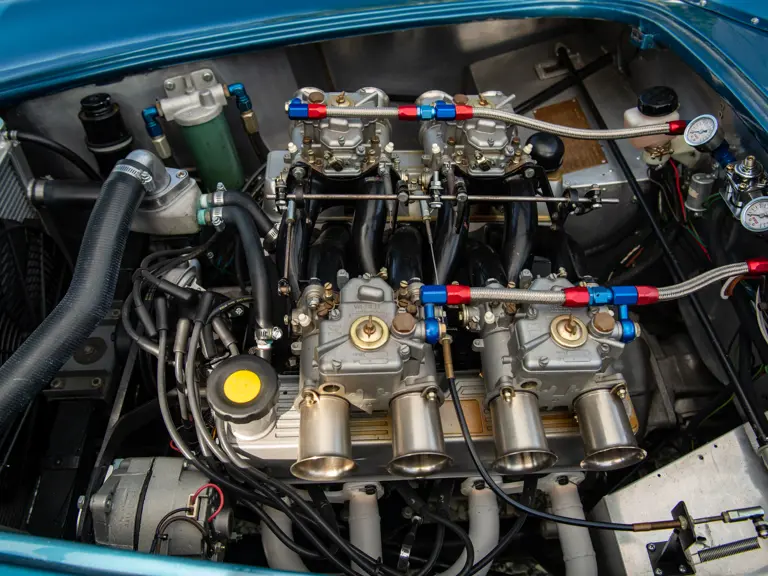
 | Monterey, California
| Monterey, California
